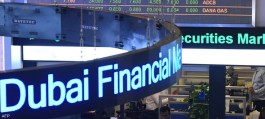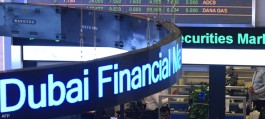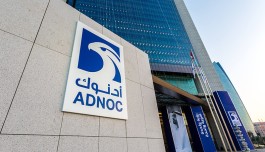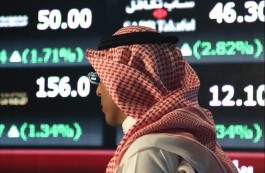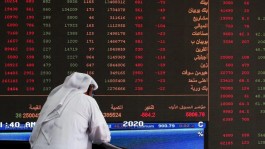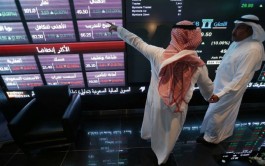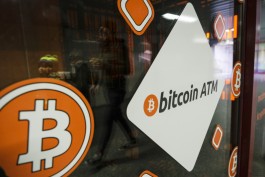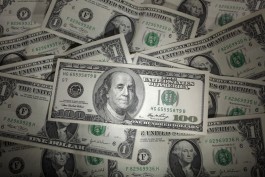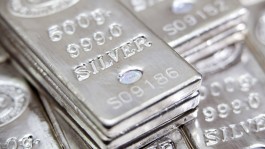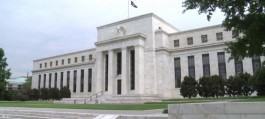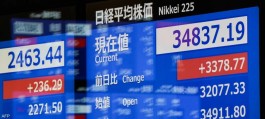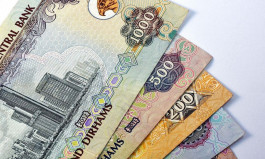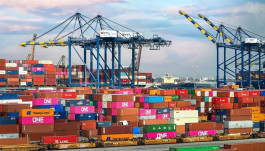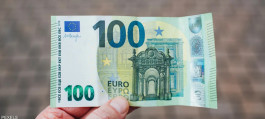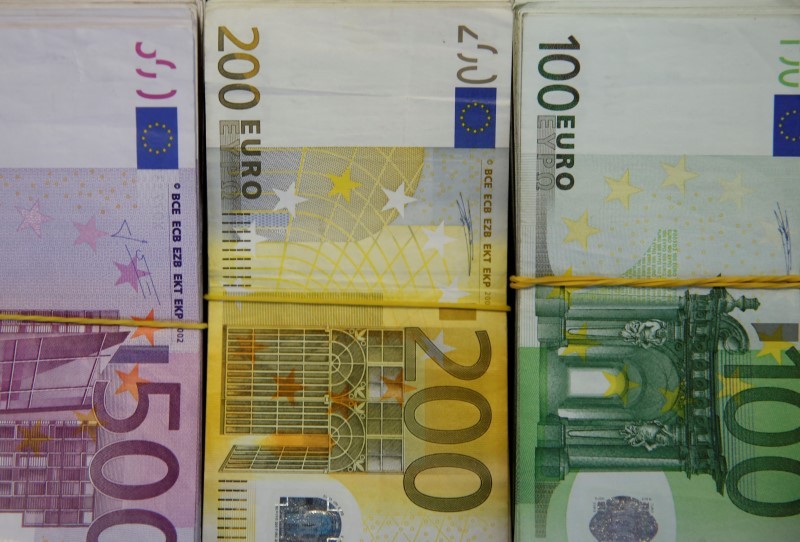The euro fell during Tuesday's trading against a basket of global currencies, continuing its losses that were temporarily halted yesterday against the US dollar , as part of attempts to recover from its lowest level in two years. This decline comes amid renewed concerns related to the tariff policies announced by US President-elect Donald Trump.
Trump's Tariff Statements
Donald Trump has said he will impose a 25% tariff on all products from Mexico and Canada, plus an additional 10% tariff on Chinese goods. During his last election campaign, he warned the European Union that it would pay a heavy price for not buying enough American exports.
These statements increase the pressure on the European economy, and may push the European Central Bank to accelerate the pace of monetary easing and cut interest rates.
Price overview
The euro-dollar exchange rate fell by 0.7% to $1.0425 , compared to the opening price of $1.0495 , and recorded a high during the day at $1.0500 .
The euro ended Monday's trading up 0.8% against the dollar, achieving its first gain in five days, supported by buying at low price levels and the selection of moderate Scott Bessent as Treasury Secretary in the new US administration.
Trade tensions and their impact on the euro
The euro has come under further pressure from Trump’s proposals to impose tariffs on European products. These measures could hit European exports and threaten to spark a global trade war.
During his election campaign, Trump issued a clear warning to the euro bloc, stressing that they would pay a heavy price for not buying American exports.
Trump's policies, based on the principle of America First, could lead to the imposition of new tariffs on European goods, including cars, increasing pressure on economic relations between the two sides.
Since Trump won the US presidential election on November 6, the euro has lost more than 4.5% of its value against the US dollar.
European interest and market expectations
European manufacturing surveys showed broad-based weakness in November, suggesting the European economy slowed at a faster-than-expected pace in the fourth quarter.
The odds of the European Central Bank cutting interest rates by 25 basis points in December have increased, with expectations increasing from 75% to 95%.
The odds of a 50 basis point rate cut also rose to 59%.
Markets are awaiting more economic data from the eurozone for further clues on the expected European interest rate cut before the end of the year.


